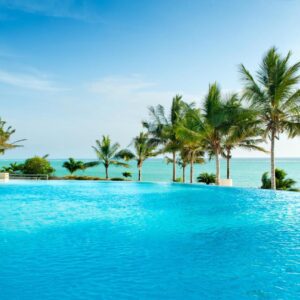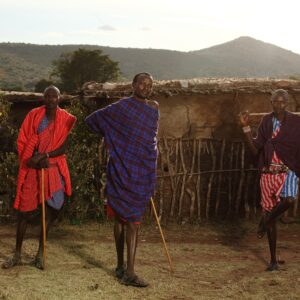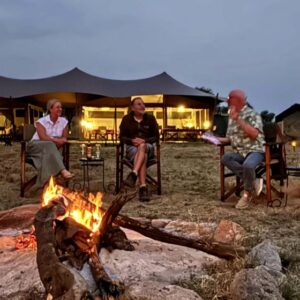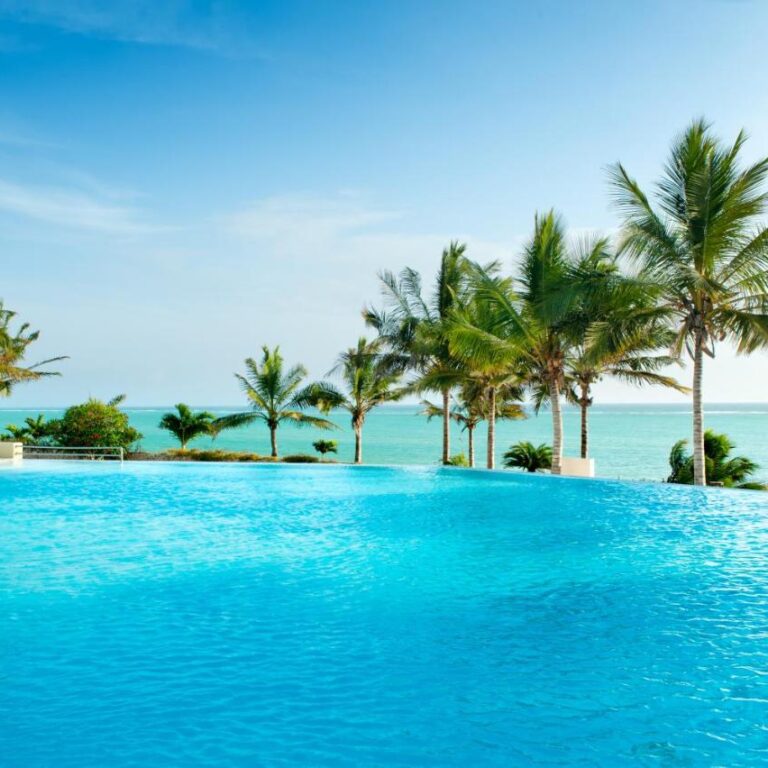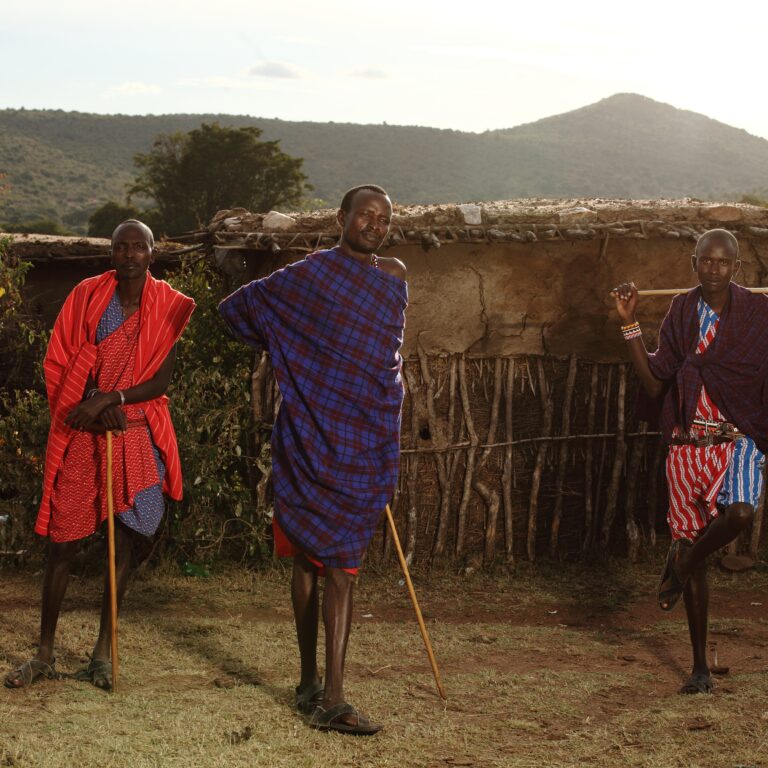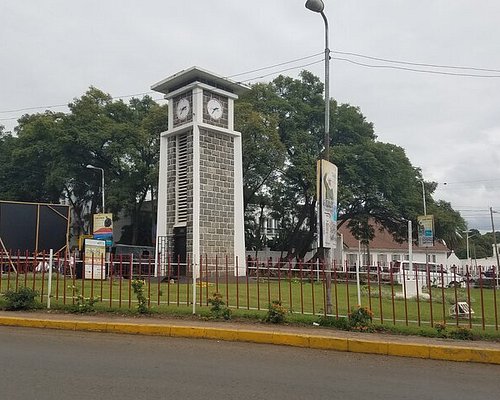What are the essentials Gear Iterms required for Mt. Kilimanjaro climb?
Embarking on the journey to conquer Mount Kilimanjaro requires meticulous planning and the right gear to navigate its diverse terrains and challenging conditions. As one of the highest peaks in Africa, Kilimanjaro demands careful consideration of equipment to ensure a safe and enjoyable climb. In this comprehensive guide, we will explore the ten most important gear items crucial for a successful ascent, addressing common questions to help you prepare thoroughly for this epic adventure.
1. Quality Hiking Boots
The foundation of a successful Kilimanjaro climb begins with your feet. Invest in good hiking boots that are waterproof, well-insulated, and provide excellent ankle support. Ensure the boots are broken in before the climb to prevent blisters and discomfort during the trek.
2. Layered Clothing System
Kilimanjaro’s diverse climate, ranging from tropical rainforests to frigid summit temperatures, demands a versatile clothing system. Pack moisture-wicking base layers, insulating mid-layers, and a waterproof, windproof outer shell. Layering allows you to adjust to varying temperatures and weather conditions during the ascent.
3. Insulated Sleeping Bag
Nights on Kilimanjaro can be cold, especially at higher altitudes. Choose a high-quality, insulated sleeping bag with a temperature rating suitable for sub-zero temperatures. Look for compressible and lightweight options to ease transport, and ensure it fits comfortably within your tent.
4. Technical Daypack
A well-designed daypack is essential for carrying daily essentials during the trek. Phone cases for protection: To keep your electronics safe from dust, moisture, and unexpected drops along the trail, consider using durable accessories— for example, such phone cases for protection can help shield your device from the elements while ensuring it’s always within reach for capturing those breathtaking summit views. Choose a pack with a hydration system, ample storage space, and comfortable straps. Kilimanjaro Packing list pdf. It should be large enough to carry water, snacks, extra layers, and other necessities, yet small enough to be manageable during the climb.
5. Trekking Poles
Kilimanjaro’s uneven and steep terrain makes hiking poles invaluable. They provide stability, reduce strain on your joints, and assist with balance, particularly during descents. Opt for adjustable poles to tailored their length based on the terrain.
6. Reliable Headlamp with Extra Batteries
Adequate lighting is crucial, especially during early morning summit attempts. Invest in a reliable, lightweight headlamp with extra batteries. Ensure your headlamp has different lighting modes and is suitable for cold temperatures. This is essential for navigating trails in the dark and managing camp activities.
7. Hydration Systems
Staying hydrated is vital at high altitudes. Invest in a quality hydration system, whether it’s a hydration bladder or water bottles. Insulate your water bottles to prevent freezing at higher elevations. Consider adding electrolyte tablets to maintain a proper balance of minerals.
8. Four-Season Tent
A sturdy and reliable tent is essential for shelter during the climb. While a three-season tent may suffice, a four-season tent provides added protection against the cold temperatures at higher elevations. Ensure your tent is well-ventilated to prevent condensation.
9. High-Altitude Sleeping Pad
To enhance your sleeping experience, invest in a high-altitude sleeping pad. This insulating layer between you and the ground provides additional warmth and comfort. Choose a lightweight, packable option suitable for the varied terrains of Kilimanjaro.
10. Buff or Balaclava
Kilimanjaro’s summit is known for its extreme cold and biting winds. A versatile buff or balaclava is crucial for protecting your face and neck from the elements. Choose a breathable and moisture-wicking material to stay comfortable during the ascent.
FAQs About Gear for Climbing Kilimanjaro:
If you’ve seen our gear list, you know there are lots of things on it. The list contains optional, recommended and required items. Though the required items are all mandatory, there are things that are more significant than others when it comes to your safety, comfort, and success.
Can I Rent Gear for Kilimanjaro?
Yes, many companies offer gear rental services. However, for items like boots and a well-fitted backpack, it’s recommended to use your own or invest in proper gear for a individual and comfortable fit.
How Do I Choose the Right Sleeping Bag?
Consider the temperature rating, weight, and compressibility. Choose a sleeping bag rated for temperatures lower than what you expect to encounter on Kilimanjaro. Down-filled bags are lightweight and packable but can lose insulation when wet.
Do I Need Gaiters for Kilimanjaro?
Gaiters can be beneficial, especially for routes with snowy or dusty conditions. They protect your lower legs and boots from debris, moisture, and scratches. While not mandatory, they enhance overall comfort.
Are Inflatable Sleeping Pads Suitable?
Yes, inflatable sleeping pads are suitable for Kilimanjaro. Ensure they provide adequate insulation and consider bringing a repair kit in case of punctures. Look for pads with an R-value suitable for cold conditions.
Is a Four-Season Tent Necessary?
While a three-season tent may suffice for some routes, a four-season tent provides added protection against cold temperatures and biting winds at higher elevations. It’s a prudent choice for a more versatile and comfortable shelter.
How Do I Prevent Blisters with Hiking Boots?
Break in your hiking boots before the climb to soften them and identify potential pressure points. Wear moisture-wicking socks, keep your feet clean and dry, and use blister prevention products or moleskin on hotspots to reduce friction.
Can I Use Regular Athletic Shoes?
Regular athletic shoes are not suggested for Kilimanjaro due to the varied and challenging terrain. Sturdy, waterproof hiking boots with ankle support are essential for comfort, stability, and protection.
How Do I Adjust Clothing for Varying Climates?
Layering is key to equalizes to Kilimanjaro’s diverse climates. Start with a moisture-wicking base layer, add insulating mid-layers for warmth, and top it with a waterproof, windproof outer shell to protect against rain and wind.
Are There Charging Facilities on Kilimanjaro?
Charging facilities are limited on Kilimanjaro. Bring portable solar chargers or power banks to ensure your electronic devices, such as headlamps or cameras, remain powered throughout the climb.
What Can I Do to Prevent Altitude Sickness?
Acclimatization is crucial. Ascend slowly, stay hydrated, and consider medications like acetazolamide. Listen to your body, and if symptoms persist, descend to a lower altitude. Proper gear, such as hiking poles, can also aid in managing the physical demands of higher elevations.
Conclusion: Most Crucial Gear Items for Climbing Kilimanjaro
In conclusion, scaling the heights of Kilimanjaro requires careful consideration of essential gear to ensure a safe and nice climb. The ten key items discussed – quality hiking boots, a layered clothing system, an insulated sleeping bag, a technical daypack, hiking poles, a reliable headlamp, hydration systems, a four-season tent, high-altitude sleeping pad, and a versatile buff or balaclava – form the foundation of a well-equipped trek. Understanding the unique challenges of Kilimanjaro’s terrain and climates is essential in making informed gear choices. Invest in reliable, durable gear that suits your preferences and the specific conditions of your chosen route, and embark on your Kilimanjaro adventure fully prepared for the journey of a lifetime.

